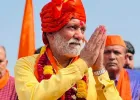- Opinion
- From Dhaka to Pahalgam: Is It Fair to Compare Gandhi and Modi?
From Dhaka to Pahalgam: Is It Fair to Compare Gandhi and Modi?
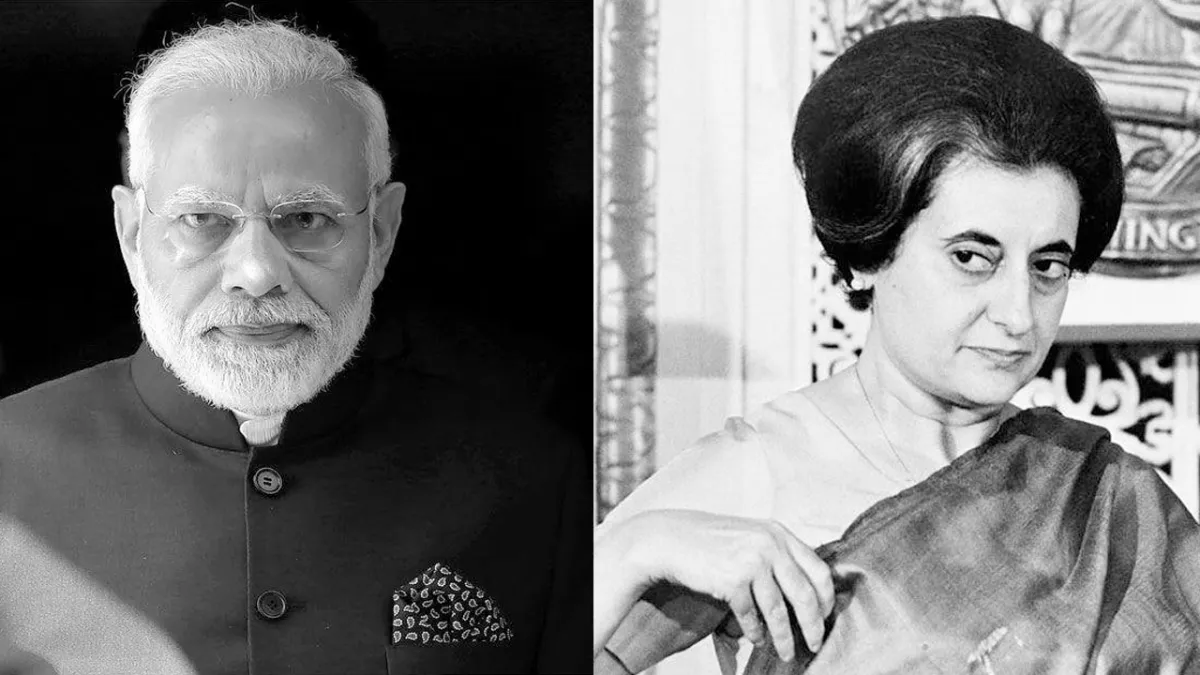
(Virang Bhatt)
India has long dealt with Pakistani aggression and terrorism. In the aftermath of the recent Pahalgam incident and India's subsequent retaliation, comparisons are being drawn between Prime Minister Narendra Modi and former Prime Minister Indira Gandhi. Especially by the Congress party, which is attempting to highlight how Indira Gandhi had once broken Pakistan into two. But the question remains—is such a comparison valid? Let’s discuss this issue in light of historical facts.
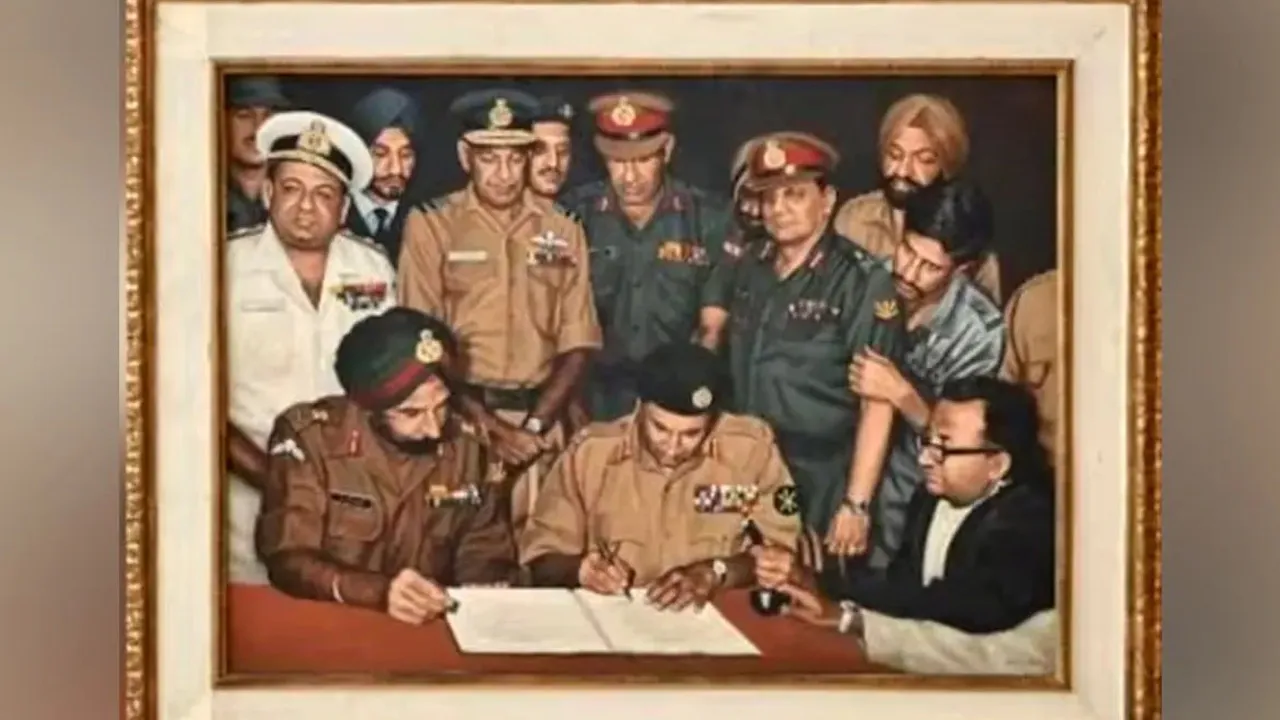
1.1971 and 2025: Different Contexts
Indira Gandhi (1971):
After the partition of India in 1947, Pakistan was split into two regions—West Pakistan (present-day Pakistan) and East Pakistan (present-day Bangladesh). At the time, Pakistan was militarily weak with a small army, while India was relatively powerful. Pakistani forces were committing mass atrocities in East Pakistan, and millions of refugees were pouring into India.
Narendra Modi (2025, Pahalgam Attack):
Today, both India and Pakistan are nuclear-armed nations with strong economies and modern militaries. However, Pakistan continues to engage in proxy warfare by supporting terrorists. The recent attack in Pahalgam was carried out by Pakistan-backed terrorists. In response, India launched Operation Sindoor, a strategic counteraction.
2. India’s Response
Indira Gandhi:
Within just 13 days of war, India secured a decisive victory, leading to the surrender of 93,000 Pakistani soldiers. Pakistan was split in two, and Bangladesh was born.
Narendra Modi:
India responded to the Pahalgam attack with targeted airstrikes that destroyed terrorist camps. Operation Sindoor avenged the attack—without officially declaring war.
3. Strategy
Gandhi:
Her goal was to weaken Pakistan and liberate Bangladesh—both were successfully achieved.
Modi:
His objective was to send a strong and clear message against terrorism and maintain public confidence. Both goals were effectively met.
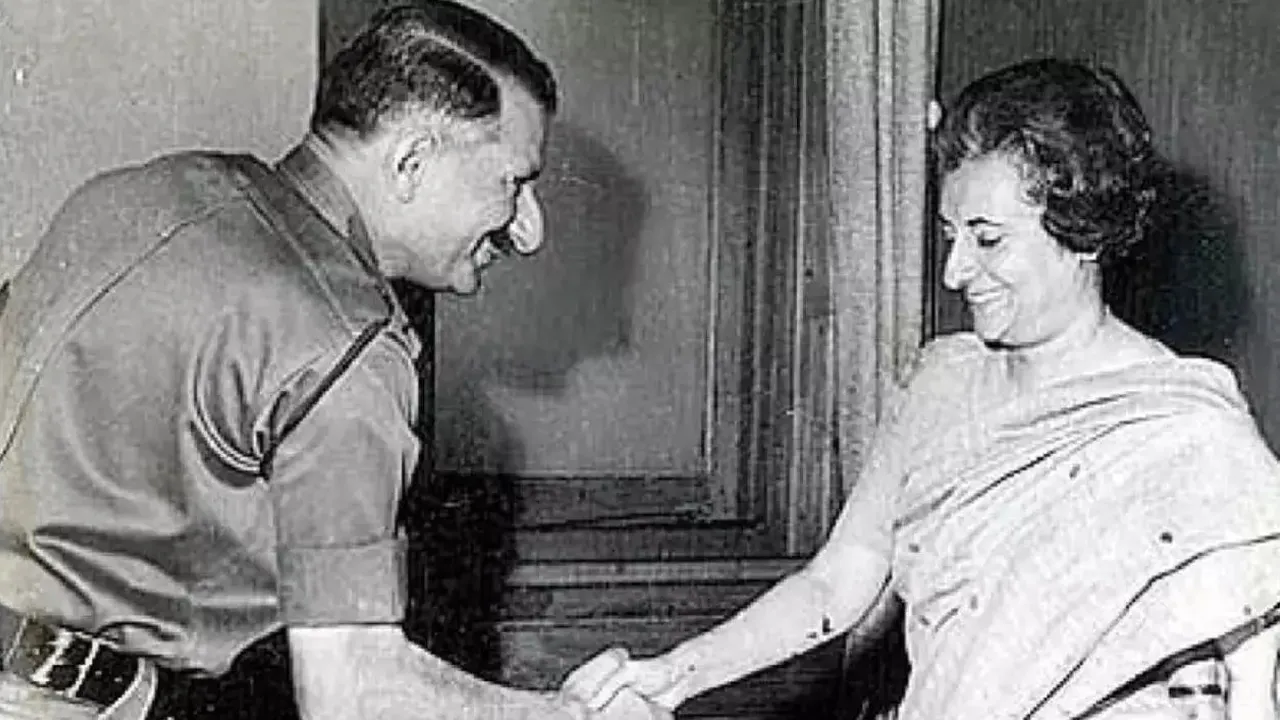
4. Diplomacy
Gandhi:
She skillfully built an alliance with the Soviet Union to counter American pressure. At the time, both superpowers held equal influence.
Modi:
India convincingly justified its actions on the international stage. Pakistan was forced into silence. Even China, which often backs Pakistan, refrained from intervening. India made it clear that any future support for terrorism would invite immediate retaliation.
5. Impact
Gandhi:
She earned the title *“Iron Lady”* for her decisive leadership.
Modi:
Operation Sindoor reinforced India’s position as a nation that no longer tolerates terrorism and will strike deep into enemy territory if provoked.
6. Domestic Political Impact
Gandhi:
She won a massive electoral victory in 1972 post-war. However, within five years, political instability led to the declaration of Emergency.
Modi:
Though war was not officially declared, the atmosphere mirrored wartime intensity. The real political impact of Operation Sindoor will become evident in the results of the upcoming Bihar elections.
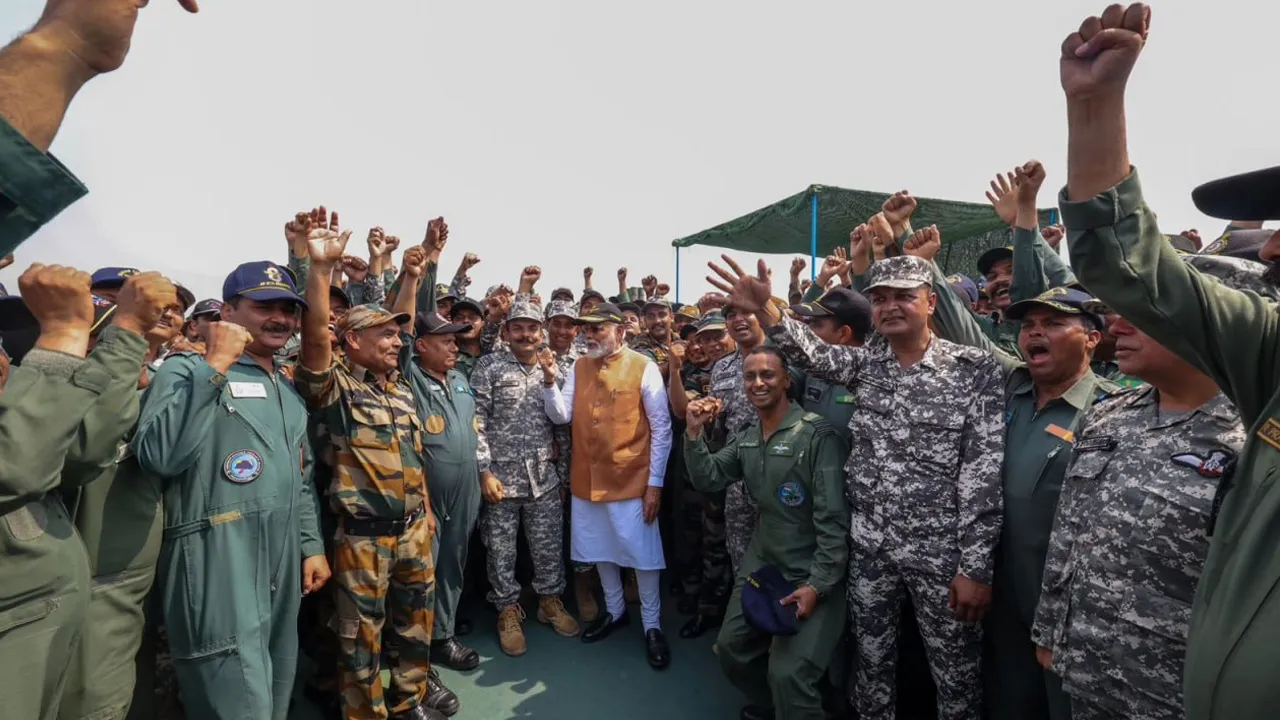
Conclusion
Indira Gandhi and Narendra Modi belong to entirely different eras, yet both have shown unwavering commitment to India's integrity and security. The Dhaka of 1971 and the Pahalgam of 2025 are separated by over five decades. Direct comparisons between the two leaders may be difficult, yet public opinion will always try to draw parallels.
About The Author

Lorem Ipsum is simply dummy text of the printing and typesetting industry. Lorem Ipsum has been the industry's standard dummy text ever since the 1500s, when an unknown printer took a galley of type and scrambled it to make a type specimen book. It has survived not only five centuries, but also the leap into electronic typesetting, remaining essentially unchanged. It was popularised in the 1960s with the release of Letraset sheets containing Lorem Ipsum passages, and more recently with desktop publishing software like Aldus PageMaker including versions of Lorem Ipsum.









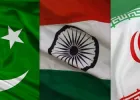

-copy1.jpg)
34.webp)
-copy.jpg)
